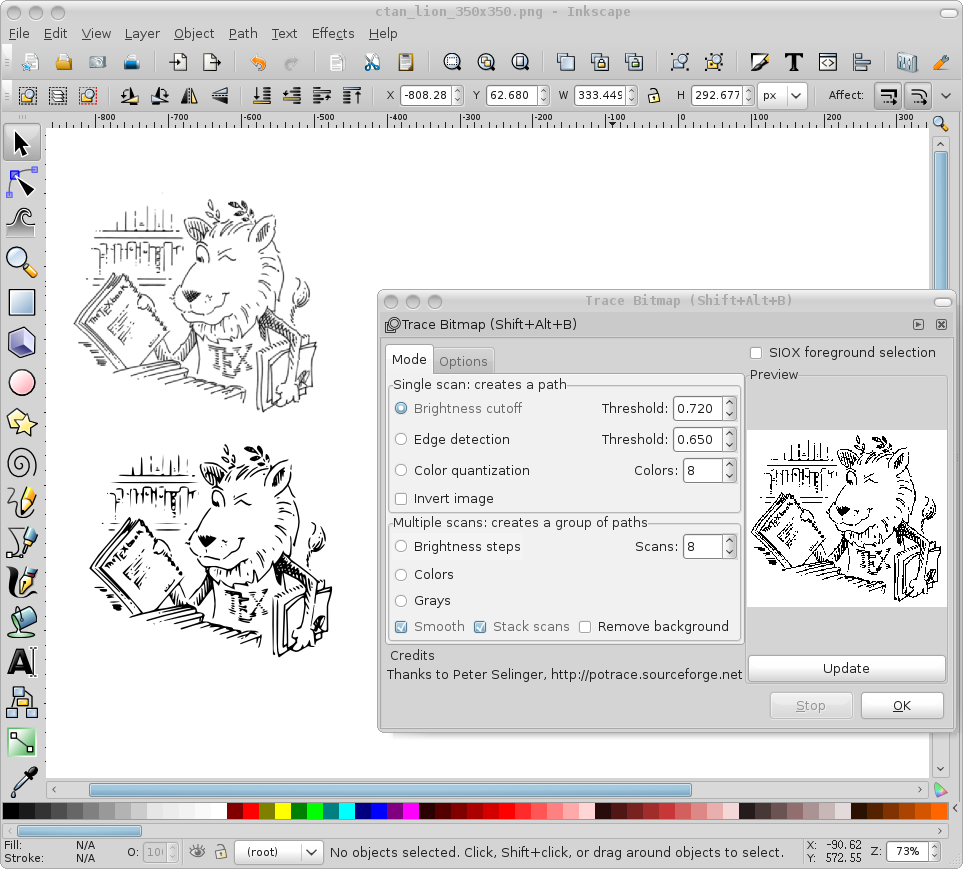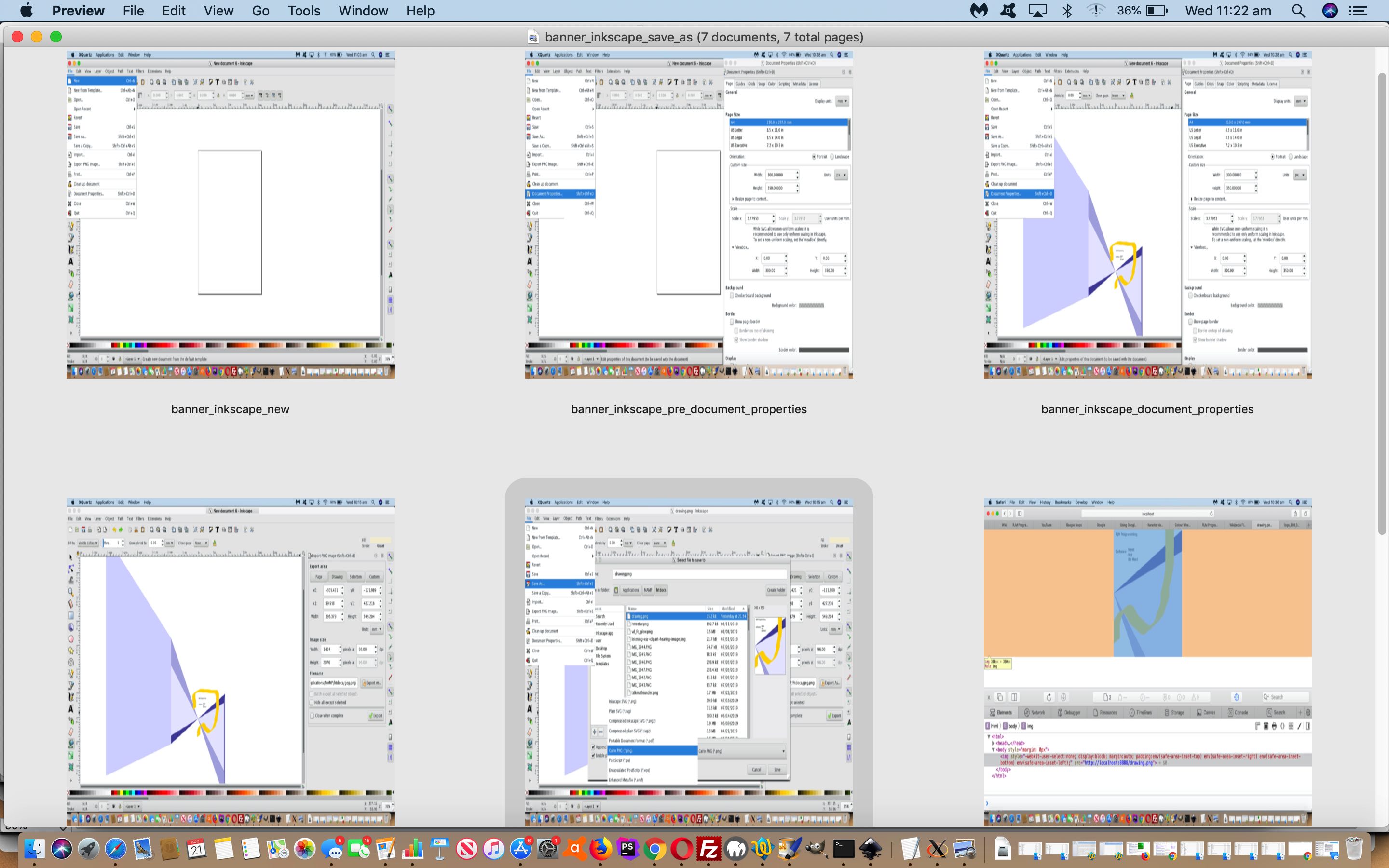

One downside is that, if used for “realistic” drawing, vector images can have a too-clean, artificial look.ĭepending on how you intend to use your image, either raster or vector graphics may better suit your needs. For example, the same image will look equally sharp and clear – and have exactly the same colors and proportions – on both a business card and a large poster. However large or small you make it, the curves are simply recalculated and redrawn, without losing quality.Īs a result, a single vector image can be used for different sizes of the final image presentation. Lines in a vector graphic can also be joined together to form larger objects, each of which can be given their own style (colors, patterns, etc.).īecause all of the elements of the vector image are defined by mathematical formulae and not by a grid of dots as in a raster image, sharpness is maintained regardless of how much the image is enlarged.

Instead of being made of dots, vector images are made of mathematically-defined lines and curves. While Inkscape uses an internationally standardized format for two-dimensional vector graphics (SVG), many other, sometimes proprietary, file formats for vector graphics and their various applications (fonts, CAD, cartography, 3D modeling …) exist. Vector images are created with vector graphics software (like Inkscape).

For instance, if you create your image at one size, making it bigger can create jagged-looking edges (“pixelation”), while shrinking it can lead to colors and shapes blurring into each other. However, the major downside to raster images is that the more the images are manipulated after creation, the more the quality declines. The advantage of raster graphics is that at high resolutions (lots of pixels in a small area) you can have very fine control over color and shape raster images can contain millions of colors and look very realistic. They are made up of pixels, which is to say a grid of colored rectangular dots. Raster images are the default output of everything from digital cameras to most graphics editing software like Paint or Paintbrush. Common examples are JPG, PNG, GIF, TIFF or BMP. Raster or bitmap images are a majority of the digital images you generally encounter. However, there are two main types of images: There are many image creation and manipulation software programs.


 0 kommentar(er)
0 kommentar(er)
